Significance
The Ilisin Harvest Festival is the definitive folk cultural practice of Taiwan’s Amis indigenous people. It is also the Amis Makotaay Tribe’s most significant annual sacrificial ceremony specific to coastal Amis tribes. The influence of the sea on the tribe’s culture can be seen in the clothing worn and the dances performed during the ceremony. The ceremony also showcases tribal management of gender roles and the division of labor, expressing the significance of the circle of life to the tribe’s cultural heritage. It is a rich expression of tribal solidarity and Amis’ belief in the importance of working cooperatively to preserve cultural traditions.
History
The word ilisin means sacrifice in the Amis language. There are two origin stories relating to the Amis Makotaay Tribe’s Ilisin Harvest Festival. One tells of natural and man-made disasters that destroyed the tribe’s crops. The tribe’s priest clan (the Cilangasans) went out on a headhunting expedition with the intent of transforming the souls of their defeated enemies into guardian spirits of the tribe to whom they could pray for favorable weather and stable livelihoods. The other story holds that tribal members collectively cultivated crops on the hillsides during the era of traditional tillage. The young men of the village were responsible for patrolling the hills to protect the crops, only returning to the village during the harvest. The villagers would organize a grand celebration to welcome them back and hold the ilisin to celebrate the bumper harvest and offer sacrifices to the ancestral spirits. During the festival, the young men wear headdresses adorned with feathers and a hachimaki, a white cloth headband that symbolizes perseverance and courage. The latter, a holdover from Taiwan’s Japanese period, is an example of the cultural and religious admixture that resulted from the interaction between these two peoples. Although slight changes were later made to the festival due to Western religious influences, its essence has been preserved to this day. The Amis Makotaay Tribe’s Ilisin Harvest Festival was designated a Hualien County’s folk custom in 2011.
Special Features

1The Amis Makotaay TribeThe Makotaay people live on the north shore of the Xiuguluan River estuary. This area is one of the most important centers of Amis civilization on Taiwan’s east coast. To this day, the Amis people are governed by a strict social system structured around age and class. They have also preserved the music and dances of traditional sacrificial ceremonies such as the Sea Festival and the Ilisin Harvest Festival. Tribe members are divided into groups based on age and class for purposes of festival organization, with each group taking responsibility for a different aspect of the festivities to ensure that all goes smoothly. The most important of the tribe’s festivals is the Ilisin Harvest Festival, which takes place during the second half of July. Many tribe members who live elsewhere return to their hometown for this event.
2The Ilisin Harvest Festival’s Course of EventsThe Amis Makotaay Tribe’s annual Ilisin Harvest Festival begins on July 20. The festival is held to celebrate and give thanks to ancestral spirits for bumper harvests of rice. It also marks the start of a new Amis calendar year. In the past, the Amis people used shifting cultivation to grow millet. Once the millet was harvested and placed in granaries and before the next clearing of the land and sowing period, tribal leaders and elders would gather to decide when to hold the Ilisin Harvest Festival. After the Amis people adopted rice cultivation, the festival was held after the rice harvest. The Ilisin Harvest Festival is always held in the public square behind Gangkou Catholic Church. The six-day festival transpires as follows:
1. July 20: The preparations, including fishing, the pig slaughter, and announcements, take place. The preparations take place on a fixed date every year.
2. July 21: A welcoming ceremony for the ancestors and a ceremony in which people of different age grades are given higher levels of grades are held every four years.
3. July 21: A ceremonial feast for the ancestors is held. This ceremony takes place on a fixed date every year.
4. July 22: A ceremonial feast for the ancestors is held. This ceremony takes place on a fixed date every year.
5. July 23: Several events are held, including a ceremonial feast for the ancestors, a banquet to honor elders, a dance for unmarried men and women, a ceremony to give praise, and a feast for guests. These events take place on a fixed date every year.
6. July 24: A ceremony to bid farewell to the ancestors is held. This ceremony takes place on a fixed date every year.
July 25: The fish catching ceremony takes place. It is held on a fixed date every year.
3Gender Specific CelebrationsThe men and boys of the Amis Makotaay Tribe participate in the first four days of the Ilisin Harvest Festival, while the women and girls participate during the last day. Men and women each hold separate sacrificial ceremonies on different days. When dancing, the women advance in a counterclockwise direction, while the men move in a clockwise direction. During the pakayatI dance, unmarried men and women with a mutual interest in one another dance together hand in hand to express their feelings. This is a unique activity among the Amis tribes.
5Festival SingingNo microphones are used during the Amis Makotaay Tribe’s Ilisin Harvest Festival. Instead, several singers provide the music for the ceremony. They sing a cappella renditions of indigenous folk songs, many of which beautifully imitate the sounds of nature. These songs are one of the standout features of the Ilisin Harvest Festival.
Reminders
The Ilisin Harvest Festival begins on July 20 every year. It is the Amis Makotaay Tribe’s most important traditional sacrificial ceremony. It is also an occasion to honor tribal ancestors. Tourists may only observe the proceedings. They are prohibited from interfering with the festival and filming it without prior consent, as the event is not staged for tourists.
Panoramic
Directions